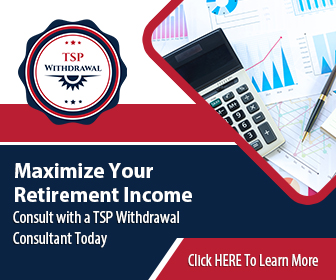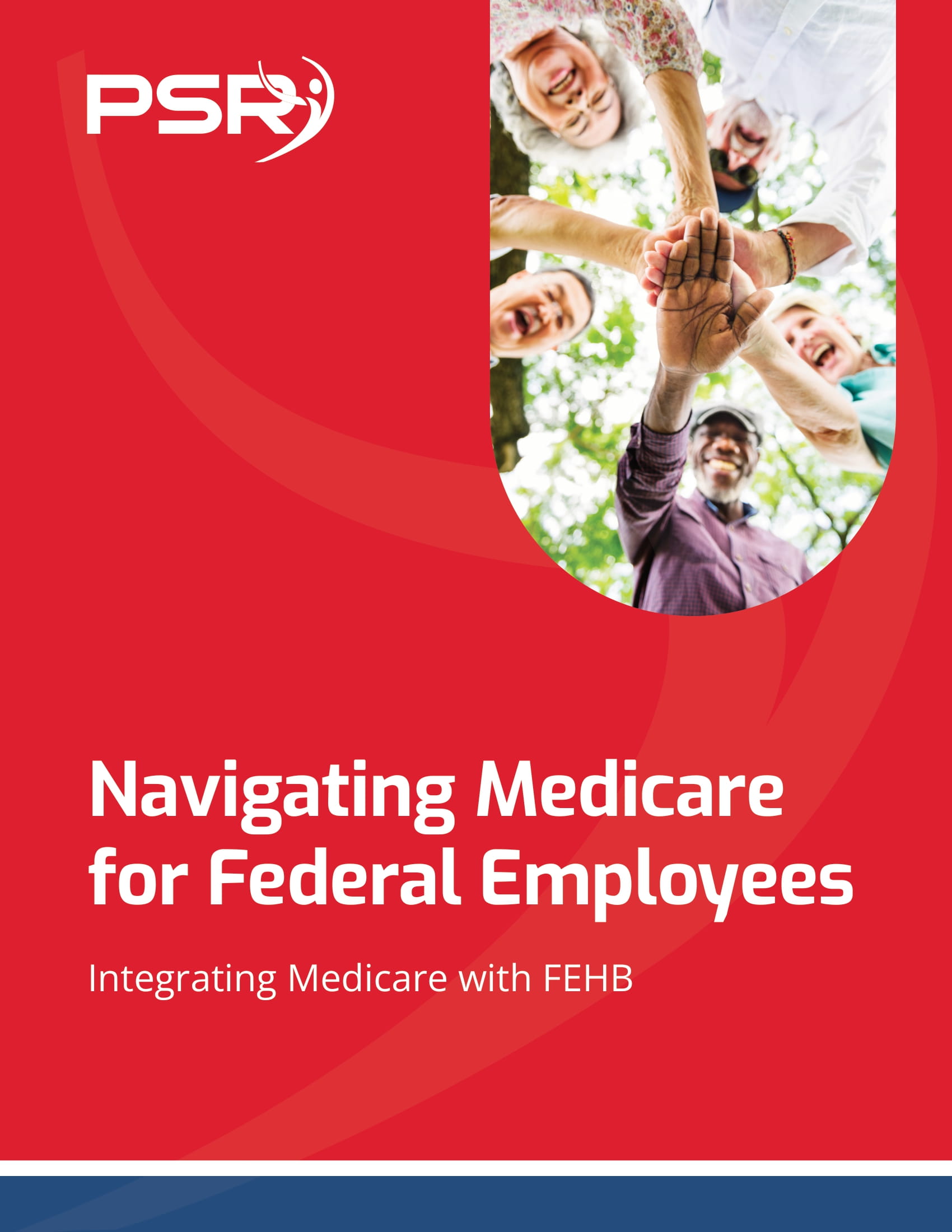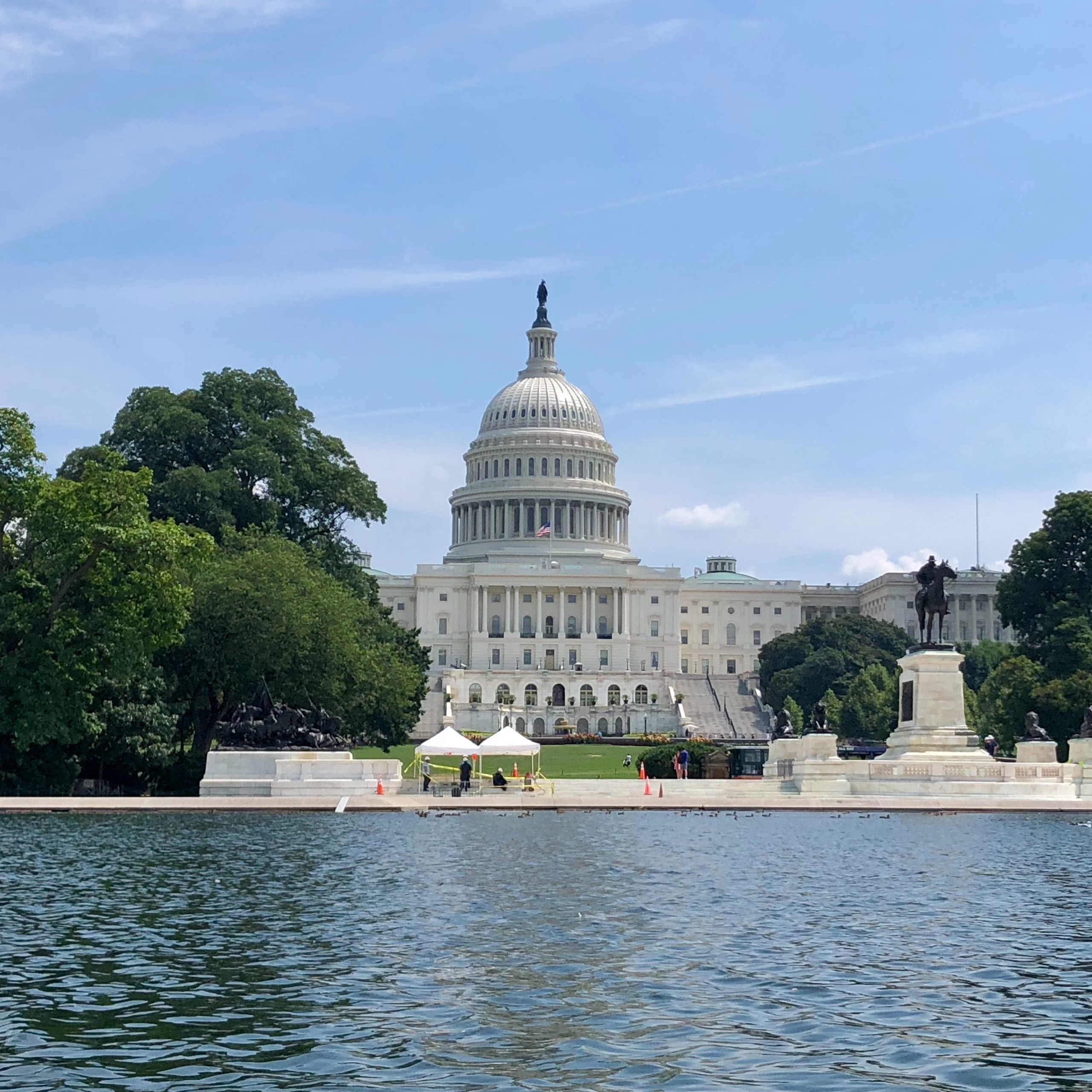Key Takeaways
-
Understanding your health benefits as a postal worker in 2025 is essential for a smooth transition into retirement.
-
Changes in the Postal Service Health Benefits (PSHB) Program impact your coverage, timelines, and costs, requiring careful review and action.
Navigating the PSHB Program in 2025
If you’re a postal worker nearing retirement or already retired, you may be wondering how the transition to the Postal Service Health Benefits (PSHB) Program impacts you. With significant changes introduced this year, knowing the specifics is crucial to making informed decisions about your healthcare coverage.
- Also Read: Effect on Policies and TSP Features due to Spending Bill
- Also Read: Early Retirement for Federal Workers Looks Great on Paper, but It’s a Different Story Later
- Also Read: What the Upcoming Postal Service Health Benefits Program Changes Mean for Your Retirement
Below, we address three common questions that postal employees and retirees often have about their health benefits.
1. What Is the PSHB Program, and How Does It Differ From FEHB?
The PSHB Program replaces the Federal Employees Health Benefits (FEHB) Program for postal workers and retirees as of January 1, 2025. While the PSHB is similar to FEHB in many respects, it is exclusively tailored for postal employees, retirees, and their eligible family members.
Key Differences Between PSHB and FEHB:
-
Eligibility: PSHB is only available to USPS employees, retirees, and their dependents. This change ensures that the program’s design reflects the unique needs of postal workers.
-
Plan Options: While many plan choices remain similar to those under FEHB, PSHB plans are designed to align more closely with postal-specific needs. This tailoring might include different networks, adjusted coverage options, or unique benefits.
-
Medicare Integration: Medicare-eligible retirees must enroll in Medicare Part B to maintain their PSHB coverage unless they meet certain exemptions, such as retiring on or before January 1, 2025. Coordination between PSHB and Medicare adds another layer of coverage, reducing your out-of-pocket expenses.
Why the Change?
The transition aims to streamline healthcare coverage for USPS employees and reduce long-term costs. This program also ensures continued comprehensive coverage for postal workers and retirees, reflecting a growing emphasis on affordability and access.
For many retirees, this shift might mean reassessing their healthcare priorities. If you haven’t reviewed your coverage recently, this year is the perfect time to do so.
2. What Do You Need to Do During Open Season?
The PSHB Open Season runs from November 11 to December 13 each year. This is your opportunity to review, compare, and select the best health plan for you and your family. Missing this window could result in gaps or limitations in your coverage.
Steps to Take During Open Season:
-
Review Plan Options: Check the PSHB plan brochures for details on premiums, coverage, and benefits. These brochures often include side-by-side comparisons to make decision-making easier.
-
Assess Your Needs: Consider factors like your healthcare usage, prescription needs, and provider preferences. If you or a family member have specific medical conditions, ensure that your plan’s network includes your preferred providers and specialists.
-
Enroll or Change Plans: Use the enrollment portal to select or switch your plan. If you’re satisfied with your current plan, you’ll be automatically enrolled in the corresponding PSHB option unless you choose otherwise. Remember, an automatic enrollment doesn’t mean your plan is the best fit for your needs—it’s always wise to double-check.
Missed Open Season?
If you miss the Open Season window, you can only make changes during a Qualifying Life Event (QLE) or the next Open Season. Some QLEs include marriage, the birth of a child, or a significant change in employment status. These events serve as safeguards, ensuring that you have access to necessary coverage when life changes occur.
3. How Does Medicare Impact Your PSHB Coverage?
If you are Medicare-eligible, understanding how PSHB integrates with Medicare is essential for maximizing your benefits and minimizing out-of-pocket costs. Medicare enrollment isn’t just a formality—it’s a critical step in maintaining comprehensive coverage.
Medicare Part B Enrollment Requirement:
Under PSHB rules, most retirees and family members who are eligible for Medicare Part B must enroll to maintain their PSHB coverage. However, if you retired on or before January 1, 2025, you may be exempt from this requirement. Knowing your eligibility status can save you from unnecessary penalties or lapses in coverage.
Coordinating PSHB and Medicare:
-
Primary and Secondary Coverage: Medicare becomes your primary insurance, and PSHB serves as secondary coverage, reducing out-of-pocket costs for covered services. This dual coverage ensures a financial safety net, especially for more costly medical procedures or hospital stays.
-
Prescription Drug Coverage: Your PSHB plan includes a Medicare Part D Employer Group Waiver Plan (EGWP), ensuring seamless prescription coverage with capped out-of-pocket costs. This integration eliminates confusion and simplifies access to the medications you need.
Benefits of Enrolling in Medicare Part B:
-
Lower out-of-pocket costs for medical services, which can provide significant savings over time.
-
Access to additional benefits through coordinated coverage, ensuring you have comprehensive protection against high healthcare expenses.
-
Reduced deductibles and copayments for most PSHB plans, which can make your monthly budget more predictable.
By taking these steps, you can ensure that your healthcare needs are met without unnecessary financial strain.
Important Considerations for Retirees
Premiums and Cost Sharing:
The government covers about 70% of PSHB premiums, leaving you responsible for the remainder. Be aware of your plan’s deductibles, copayments, and coinsurance rates, as these can vary significantly. It’s worth noting that premium costs might fluctuate annually, so staying informed about changes is essential.
Out-of-Pocket Maximums:
For 2025, PSHB plans have in-network out-of-pocket maximums of $7,500 for Self Only coverage and $15,000 for Self Plus One or Self and Family plans. These caps help protect you from excessive medical expenses and offer peace of mind during unexpected medical events.
Prescription Drug Costs:
With the introduction of a $2,000 annual out-of-pocket cap for Medicare Part D, you’ll benefit from reduced financial strain if you require high-cost medications. Additionally, the new Medicare Prescription Payment Plan allows you to spread drug costs over the year, offering flexibility and predictability in managing expenses.
Planning Your Next Steps
To make the most of your PSHB coverage:
-
Stay Informed: Review plan brochures annually for updates to premiums, benefits, and cost-sharing. Regular reviews can help you spot new features or changes that better align with your needs.
-
Evaluate Your Options: Use Open Season to adjust your plan based on your changing healthcare needs. Whether you’re managing chronic conditions or anticipating new healthcare needs, choosing the right plan is crucial.
-
Coordinate With Medicare: If you’re Medicare-eligible, enroll in Part B and take advantage of integrated benefits. Doing so ensures that you’re maximizing the value of both programs.
By proactively managing your health benefits, you can ensure financial security and access to quality care throughout retirement. These steps aren’t just about coverage—they’re about peace of mind, knowing that you’re fully prepared for whatever health challenges come your way.
Make Informed Decisions About Your Health Benefits
Understanding the PSHB Program and how it integrates with Medicare is key to making the most of your health benefits as a postal worker or retiree. With the right plan in place, you can enjoy peace of mind and comprehensive coverage in 2025 and beyond. Stay proactive, stay informed, and ensure your health benefits work for you every step of the way.












